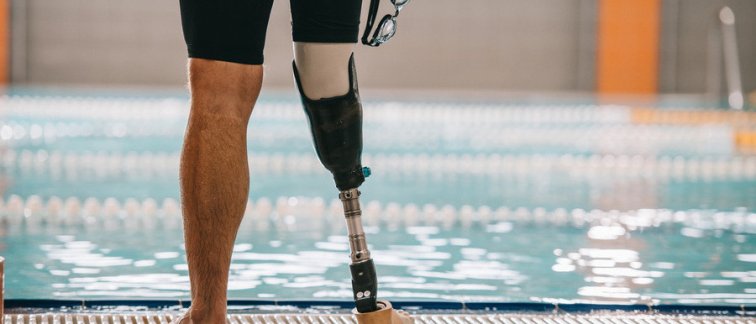A physically active lifestyle is stimulated for its positive health effects, social benefits and increased quality of life, both in able-bodied individuals and those with physical disabilities.
Although many forms of disability can initiate a sedentary lifestyle, opportunities exist for participation in regular physical activity through sports and exercise, in such a way that individuals will benefit from these positive outcomes.
Sports injury prevention is relevant to enable long-time sports participation and healthy continuation of a physically active lifestyle.
This may be even more true and important for individuals with a physical disability as negative consequences of sports participation can impose further upon an already restricted lifestyle. As such, injury prevention has great significance for disability sports.
Current injury prevention strategies and approaches need to be tailored to the diverse population of athletes with a disability and their level of function. In addition, prevention needs to be tailored to the athlete’s load, load capacity, performance and health, all of which are temporal and related. Continuous and prospective monitoring is as such needed to assess these determinants at an individual level.
Through electronic monitoring, the injury and health status of athletes is going to be regularly assessed using the OSTRC-questionnaire on health problems. Based on OSTRC-outcomes, athletes are going to be automatically provided with online advice (on e.g. preventive exercises, load, treatment) tailored to their reported health problems (called ‘TIPAS’-intervention, ‘Tailored Injury Prevention in Adapted Sports’).
Researchers involved in this project
- Dr. Jasmijn Holla;




